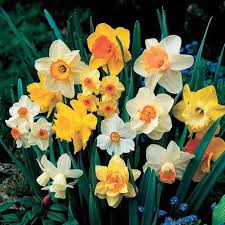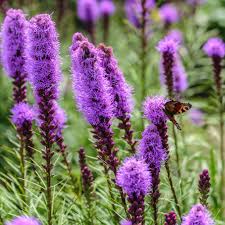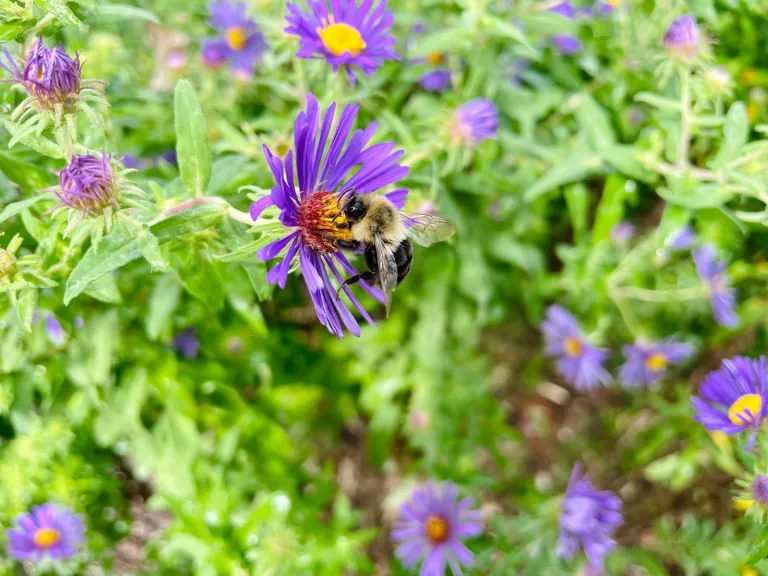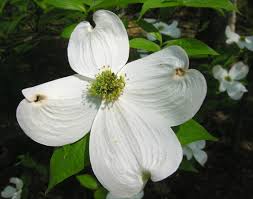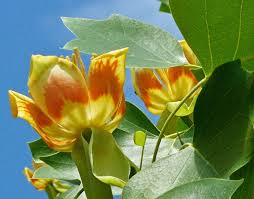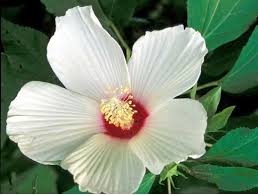DAFFODILS – BULBS
Daffodil Bulbs:
- Characteristics: Daffodil bulbs, the underground storage structures of Narcissus plants, typically feature a tapered shape and are enveloped in brown, papery scales. These bulbs store essential nutrients, fueling the plant’s flowering process in spring.
- Varieties: Daffodils boast a diverse array of varieties, showcasing an assortment of colors and shapes. Popular types include the classic yellow trumpet daffodil, white-petaled varieties, and the charming small-cupped or double-flowered daffodils.

Sowing Time:
- Planting Season: Daffodil bulbs are traditionally planted in autumn, approximately 2-4 weeks before the onset of the first hard frost. This timing allows for root establishment before winter arrives.
- Optimal Temperature: Aim for soil temperatures ranging from 40°F to 50°F (4°C to 10°C) for optimal bulb planting conditions.
Care:
- Location: Opt for a well-drained site with partial to full sun exposure. While daffodils can tolerate partial shade, they thrive best under full sun.
- Soil Preparation: Ensure the soil is adequately drained, as daffodils dislike waterlogged conditions. Loosen the soil and incorporate organic matter to enhance drainage.
- Planting Depth: Plant daffodil bulbs at a depth of 3-6 inches, with the pointed end facing upwards. Space bulbs 4-6 inches apart.
- Watering: Water bulbs after planting to settle the soil, and subsequently maintain light moisture levels. Daffodils exhibit tolerance to drought once established.
- Mulching: Apply mulch to conserve soil moisture and suppress weed growth.
Diseases:
- While daffodils are relatively resilient, potential diseases may include:
- Botrytis Blight: A fungal infection causing brown lesions on leaves and stems. Prune affected areas and consider fungicidal treatment if necessary.
- Narcissus Bulb Fly: This pest lays eggs on bulbs, leading to damage. Remove affected bulbs and utilize insecticides as a control measure.
- Nematodes: Microscopic worms capable of harming bulbs and roots. Employ crop rotation to mitigate nematode populations and enhance soil health.
Pests:
- Common daffodil pests encompass:
- Slugs and Snails: These pests feed on daffodil foliage and flowers. Employ bait or traps for effective control.
- Deer and Rodents: While daffodils are typically unpalatable to deer, rodents may consume bulbs. Employ fencing or repellents as deterrents.
Fertilizers:
- Pre-Planting: Incorporate a balanced, slow-release fertilizer or well-rotted compost into the soil prior to planting to provide essential nutrients.
- Post-Planting: Daffodils have modest fertilizer requirements. Consider a low-nitrogen, high-phosphorus fertilizer application in early spring as bulbs emerge from the soil. Adhere to manufacturer instructions for optimal results.
With attentive care, including proper sowing, maintenance, and management of potential issues such as diseases and pests, you can relish the vibrant splendor of daffodils gracing your garden each spring. With their diverse range of varieties, daffodils offer the opportunity to create a visually captivating display, infusing your outdoor space with warmth and charm.

